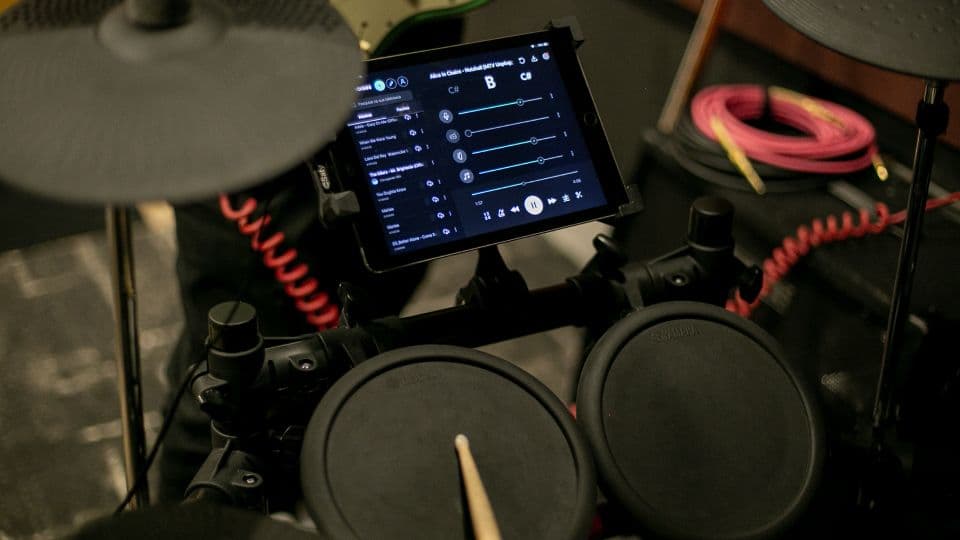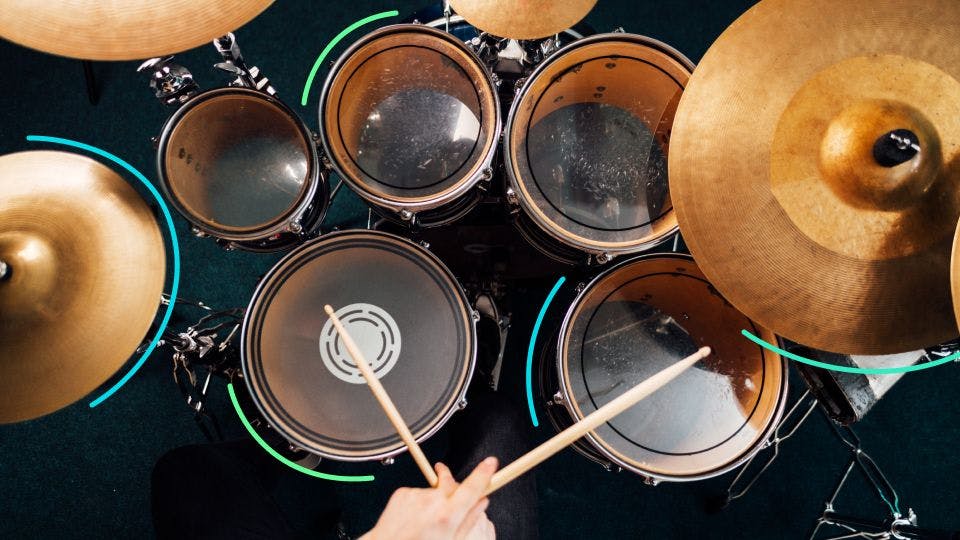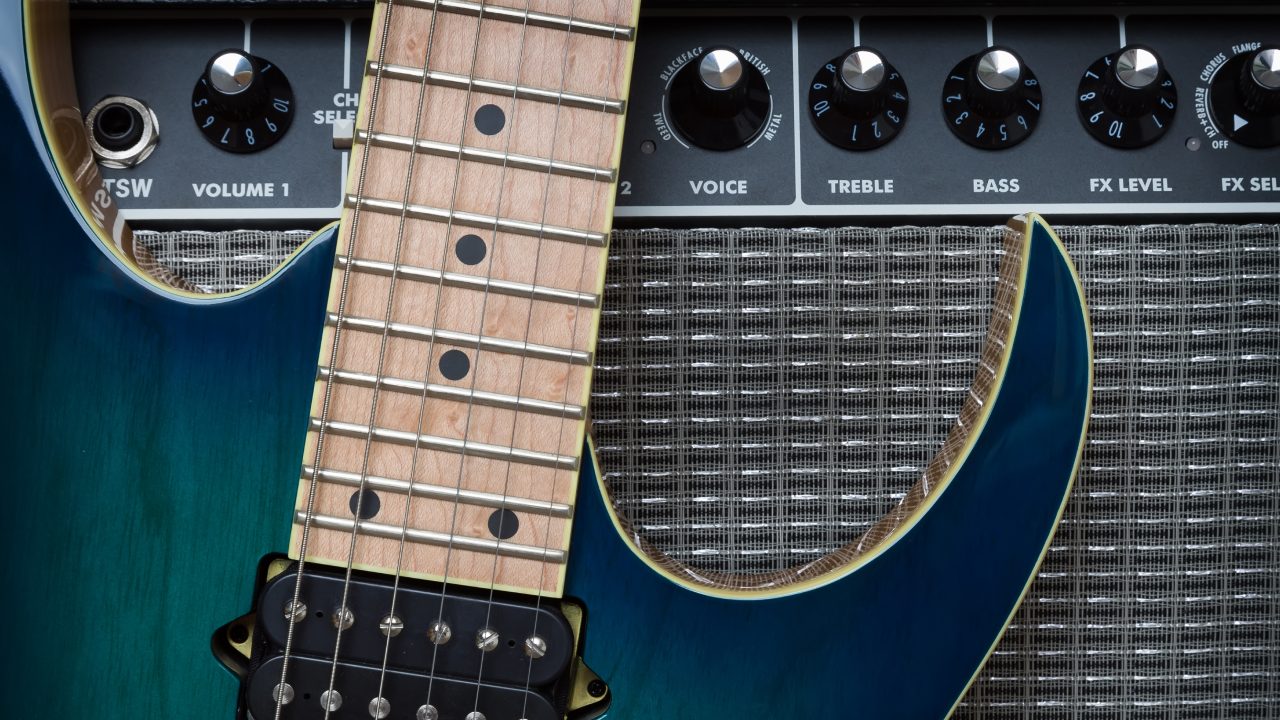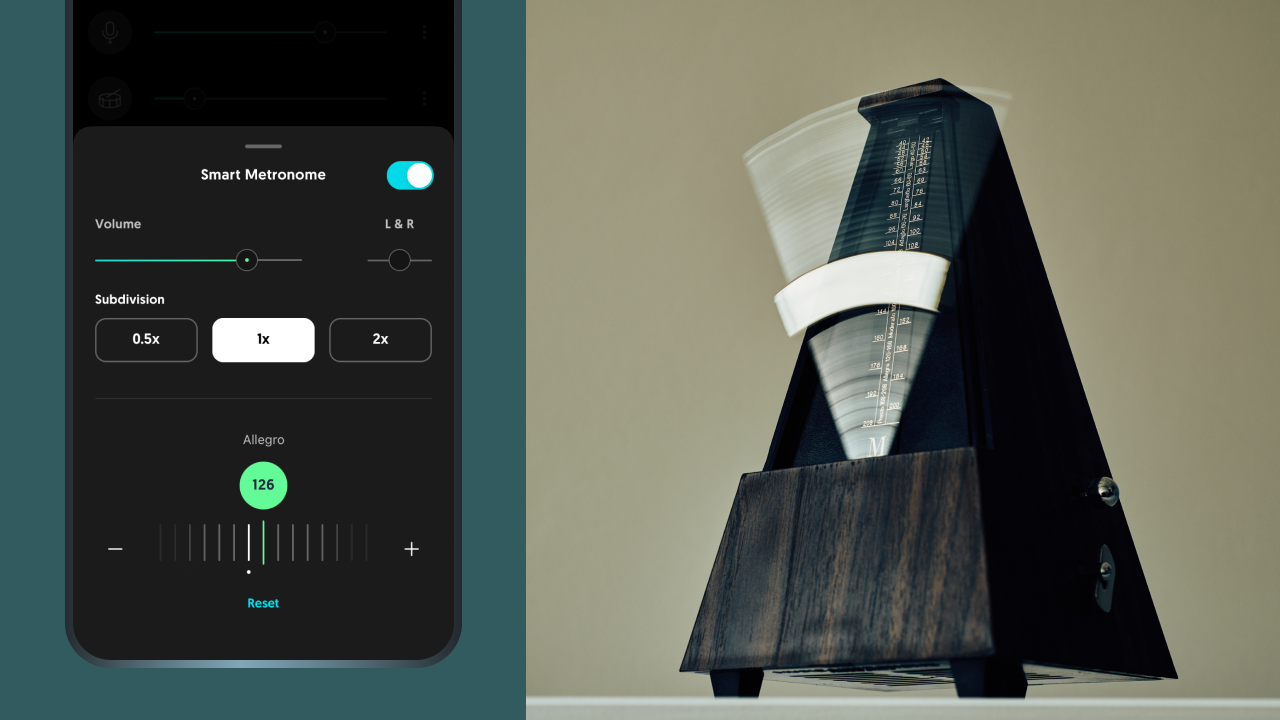Setting up your drum kit, as simple as it sounds, is actually one of the most important things to know before learning how to play. Proper angles and alignment will help you learn to play better and avoid injury. Below we’ve listed some simple steps to guide you along your journey, so let’s get your drum set started!
1. Drum Placement
Before setting anything up, you’ll want to consider where in the room you’d like your drum cage to be and which direction you want it to face. If you often rehearse or jam with other musicians, it would probably be better to setup your drum kit in a corner or with your back to a wall so you have a good view.
A helpful tip: If your room has anything but carpeted flooring, put a rug down to protect your floors from the foot pedals and kick legs.
Make sure wherever you decide that you have room to set up your drums on either side of your stool and still have enough room to get out behind you (if your back is against a wall.) You want to make sure your stool (also called a throne) is at the right height, slightly above 90°, thighs parallel to the ground with your knees slightly below the tops of your legs. Slight adjustments can help you find what feels the most comfortable as long as you maintain a good center of balance to move around the kit.
Once in a comfortable position, it’s time to start bringing your drums in.
2. Bass Drum
Your bass drum will be the center focal point of your drum kit. Fold the legs down and dig them into the rug or carpet to prevent them from moving by angling them slightly forward. Another helpful tip is to raise the legs so the front of the bass drum is off the floor enough to compensate for the lift on the batter hoop when you slide your pedal clamp under it, this will also help the drum to resonate freely. Fasten your bass pedal right in the center of your bass drum hoop.
3. Snare
Unfold your snare stand and adjust the height so you can easily hit the center of the drum without bumping your knees or hitting the rim. It’s a toss-up between leaving the snare flat or having it angled. Some drummers prefer to tilt the drum head slightly towards you so it follows the natural angle of your sticks while playing, while others keep it flat so their forearm and wrist are straight when hitting the middle. Find what suits your playing and stick-holding style best.
4. Toms
Toms can be attached either by mounting them on the bass drum, cymbal stands, or on a second snare stand (single rack toms are often on a second snare stand).
When arranging your tom heads imagine a half moon from the floor, over both toms, and back to the floor. The center of each tom should be cut in half by that imaginary line. Adjust them so they sit comfortably above the bass drum, but angled just enough that you’re not hitting the rims. Angling them too much is a common mistake for beginners as it wears out your heads faster and can cause injury over time by having to raise, lower, or move your shoulder and wrist in an unnatural way.
You should be able to hold your sticks out in the middle of your high tom and then rotate - without changing the angle of your elbows- and have the ability to strike the center of your other two toms.
The same basic principle goes for your floor toms. It’s a good idea to mirror the height of your snare drum with the floor tom slightly angled towards you.
- See also: 10 Easy Drum Songs for Beginner Drummers
5. Hi-Hats
Next comes the hi-hats, which you want to set up in a similar way as your bass pedal. The bass and hi-hat pedals should be arranged in a ‘V’ formation, meaning when you look at the floor both pedals should be pointing towards you with the snare comfortably in the middle (without it touching your thighs).
Hi-hat height is a personal choice as it depends a lot on your playing style, with punk and metal drummers placing it around chest height, and open-handed players (when your arms don’t cross over) keeping it quite low. Most drummers have them somewhere in between.
Now is a good time to double-check that you’re not overreaching for anything when setting up your drum kit. Center yourself and make sure your hi-hat and snare are easily reachable without overextending.
6. Cymbals
Like the drums, you shouldn’t have difficulty reaching for any of the cymbals in a way that would compromise your center of gravity. At a bare minimum, you’ll need one crash and one ride cymbal, to begin with. A recommended height for a single crash is just above the snare and high tom, and the ride cymbal should go high enough that you can get to your floor and low toms easily, but not so far as to have to overextend. It should also be angled towards you.
7. Finishing Touches
Now that you have your basics set up, it’s time to play on them and see if anything needs adjusting! Drums are incredibly customizable, so when in doubt- do what feels right!

Bonus: Electric Drums
If you’re someone who lives in an apartment building, condo, or duplex, you might not be able to pull off acoustic drums with your neighbors, but you can always try out electric ones! You’ll want to make sure you get a rug or other things to reduce and dampen your sound. You could even get a podium to place your kit on and help reduce the vibrations.
To build your electric kit you’ll want to start with the rack. Make sure it’s on an even and level surface, and be sure to follow the instructions sent by the manufacturer, it will make the job much simpler than trying to work it out on your own. There’s no need to tighten your screws or bolts too tightly, in fact, it can be damaging as most of the pieces are plastic, just make sure they’re nice and sturdy and you’ll be good to go.
Next, you’ll want to start with your drum pads, you can leave the cymbals off for now as it’s easier to adjust the drum pads if you need to make changes. Sit at your stool and see where your feet fall naturally. Place your bass drum pedal on the right and your hi-hat pedal on the left, with the snare pad in between your legs. The toms will have a spot for them on the rack!
Repeat the previous step with the cymbals, and place them wherever feels most comfortable and without having to overreach. Keep those instructions handy as you’ll have to connect everything once it’s on the rack, but the cables should be labeled to help you attach all the right ones!
Lastly, you’ll need to make sure you’ve got a way to hear your e-kit! A good quality pair of headphones is always an excellent idea when you use an electronic instrument.
And there you have it! A great alternative if you live somewhere where an acoustic drum kit would simply be too loud or bothersome. Electric kits are extremely customizable, so make sure to find the positioning and comfort level that works best for you!
Not every drum setup will work for you, so it’s about experimenting with different placements to find your groove, but we hope these beginner steps helped you figure out where to start!






